What Are The Best Plant-Based Protein Sources for Vegans and Vegetarians?
What Are The Best Plant-Based Protein Sources for Vegans and Vegetarians?
Plant-Based Protein Sources
It’s not an overstatement to say that protein is critically important. Protein plays a role in creating and maintaining every cell in your body. It helps build your bones, muscles, cartilage, skin and tissue, oxygenate your body, digest your food, regulate your hormones, and more.
If you’re looking to add more protein to your diet, a quick Google search pulls up results like meat, dairy, and eggs. For vegetarians and vegans, however, you may need to be more intentional about adding protein to your meals. It’s not difficult or impossible—it just takes a little extra pre-planning. Here are some of the best plant-based protein sources and how to incorporate them into your diet.
What Is Plant Protein?
Experts often recommend animal proteins because they're classified as complete proteins. Protein contains over twenty amino acids (molecules that form proteins) and there are nine of these acids—called the essential amino acids—that we have to get from food. Animal proteins contain all nine, making them complete proteins.
All animal proteins are complete proteins. If you eat meat and other animal products, it’s easy to grab a chicken breast or a scrambled egg and feel assured that your meal contains complete protein. If you’re a vegan or vegetarian, however, you may want to research different protein sources to make sure you’re getting those nine amino acids your body needs.
If you aren’t sure exactly how much protein you need, ask your doctor or work with a dietitian. In most cases, however, as long as you include at least one solid protein source in each meal or snack, you should be good to go.
Vegan and Vegetarian Sources of Plant-Based Protein
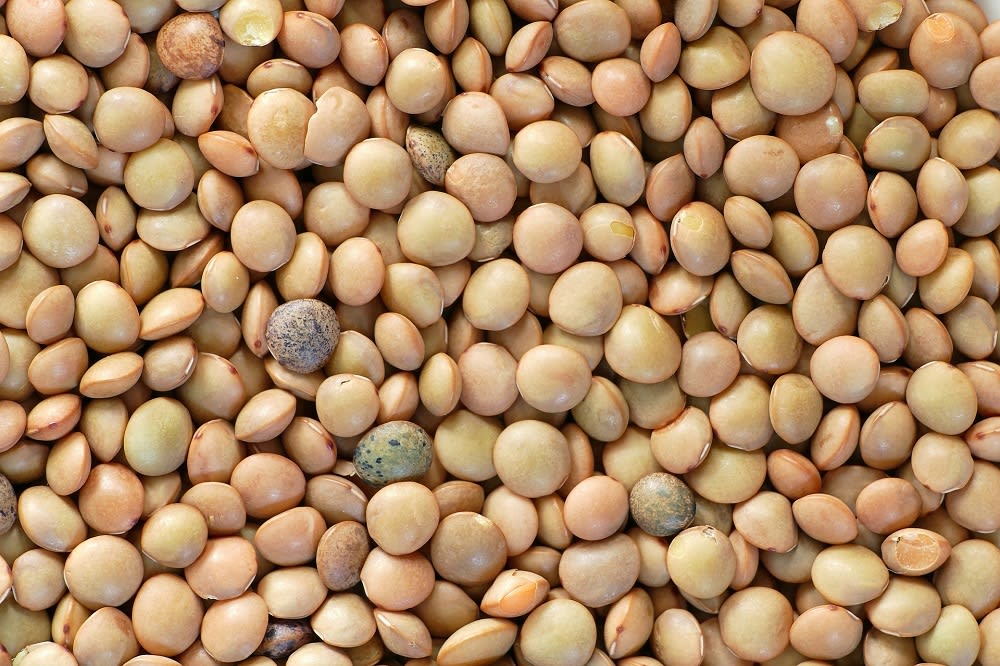
Lentils come in several different colors and varieties. They’re a great pantry staple and can be cooked in just 30 minutes by simmering them in water on the stove. Lentils are ideal in soup. Store cooked lentils in the fridge for up to five days.

To cook your quinoa, boil it on the stove or cook it in a rice cooker (make sure to rinse it first). Use cooked quinoa in salads, soup, stews, casseroles, or any recipe that calls for pasta or rice. Quinoa can go into a recipe like our vegetable ratatouille, which calls for white corn grits.
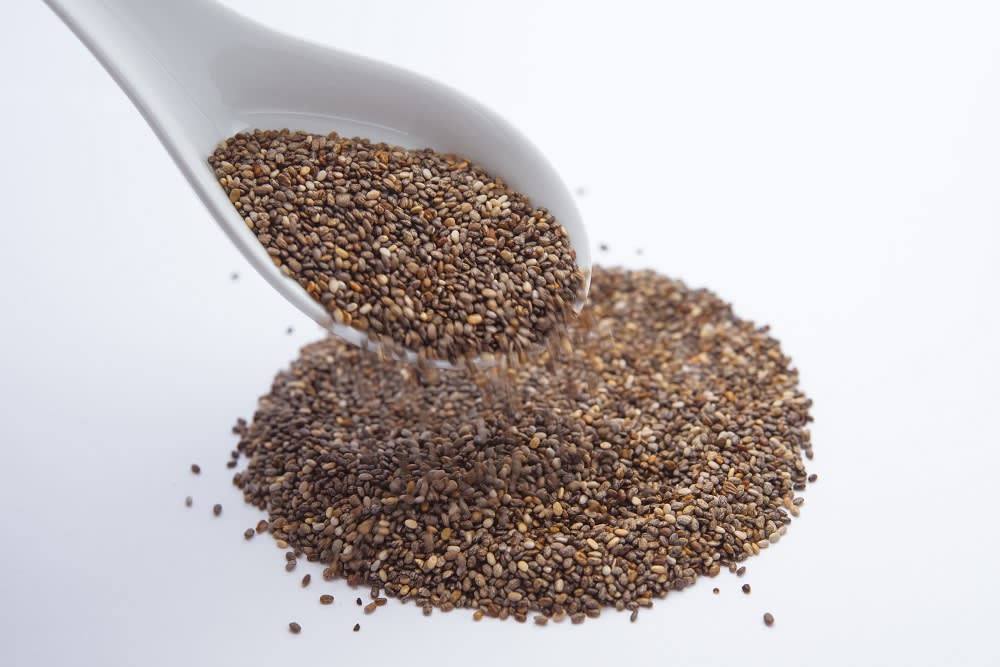
Since chia seeds absorb up to 12 times their weight in liquid, they can help keep baked goods moist. Chia seed pudding, generally made with almond milk, is a popular option. Or incorporate this vegetarian protein source into smoothies, oatmeal, or granola bars.
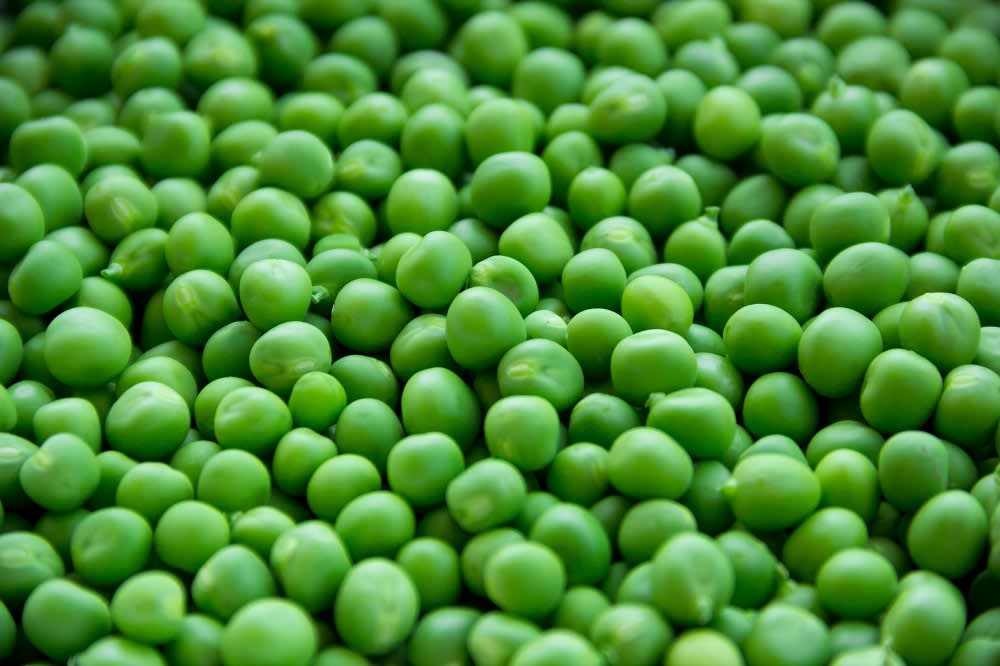
Purchase green peas fresh or frozen and throw a handful into your soup, salad, or pasta. They also make a great side dish to go along with your main course. Or snack on green peas on their own.
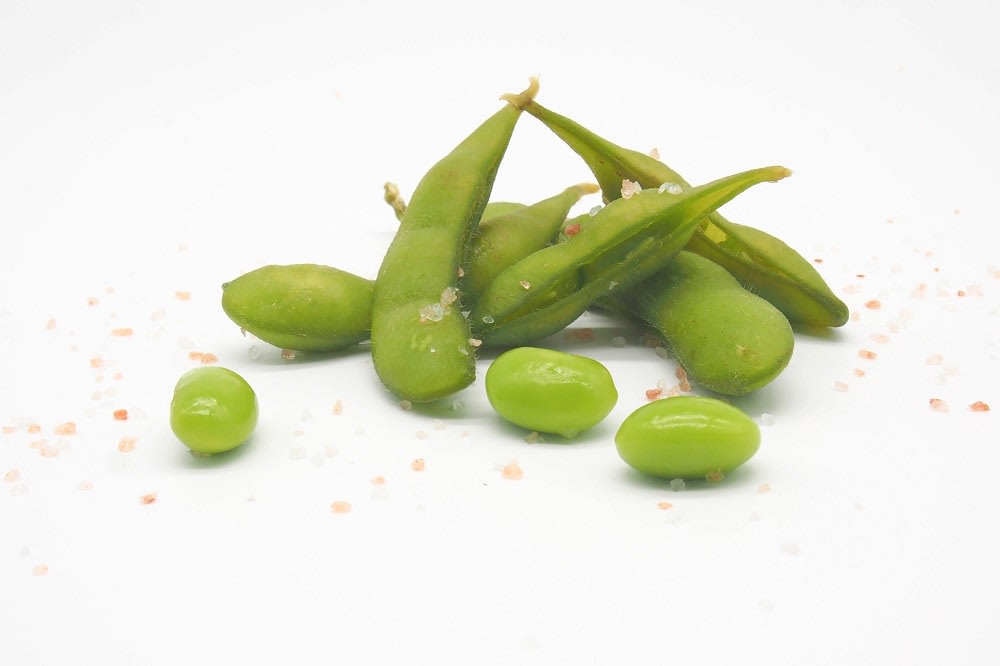
Similar to green peas, you can either eat edamame by itself or add it to a dish. Edamame (which tastes similar to peas, but is firmer and more flavorful) is delicious in soups, salads, and noodle dishes. If you’re eating out, you'll find edamame in sushi bars, Chinese restaurants, and Japanese restaurants..

Similar to other vegan proteins, you can include beans in a soup, a salad, a casserole, or another side dish. Our three-bean vegan chili calls for kidney beans, pinto beans, and black beans.

You’re reaping additional nutritional benefits, too. Called one of the most nutrient-dense foods on the planet, kale is packed with important stuff like vitamins, calcium, potassium, magnesium, iron, and more.
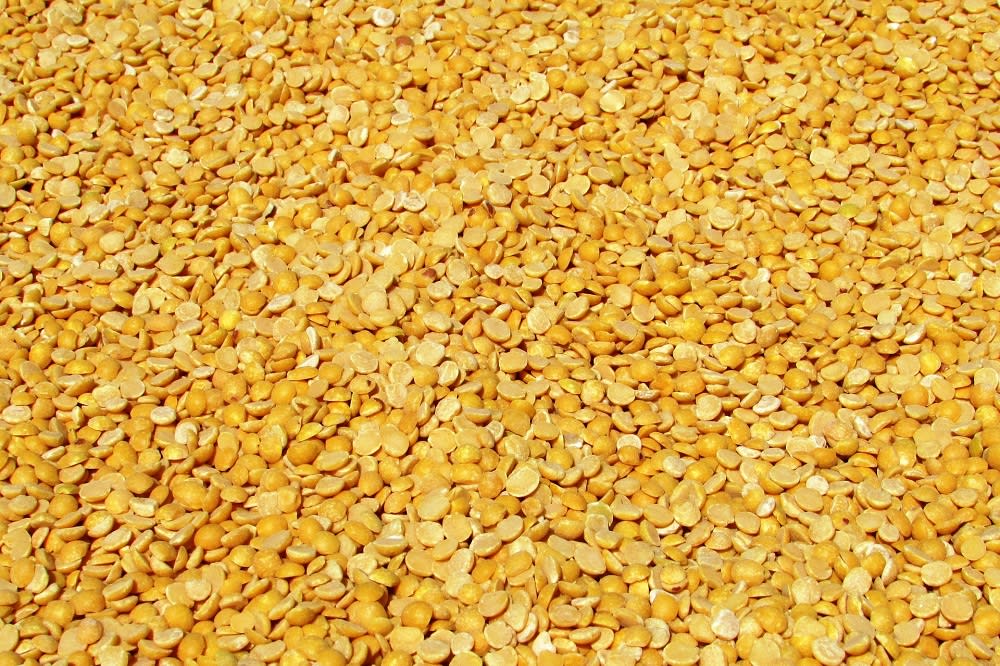
Pea protein powder has other nutritional benefits, too. It’s a complete protein and has lots of iron. Plus, it’s not only vegan—but it’s also gluten-free and allergen-friendly (unless you’re sensitive to peas). Add protein powder to your smoothies, oatmeal, baked goods, granola, soup, or pasta. Or simply blend it with water and drink it up.
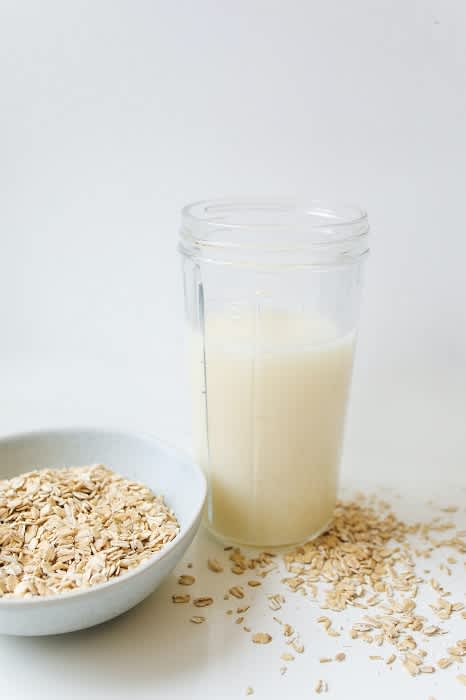
Plant-Based Milks
In today’s day and age, there are plenty of other plant-based protein sources in the form of milk. From smoothies to baked goods to drinking them plain, there are endless opportunities to incorporate these high-protein plant milks. Don’t be afraid to get creative! Some of the highest-protein options include:
- Soy milk (8 grams of protein in one cup)
- Oat milk (4 grams of protein in one cup)
- Hemp milk (4 grams of protein in one cup)
- Pea milk (7 grams of protein in one cup)
- Flax milk (3 grams of protein in one cup)
You can purchase these at the grocery store, or make your own homemade plant milk if you’re feeling ambitious. While this takes a little extra time and effort, it’s often cheaper than purchasing plant milk from the store, especially if you drink a lot.
